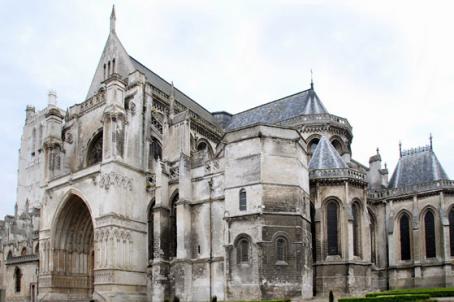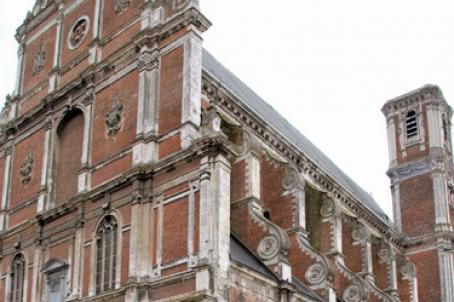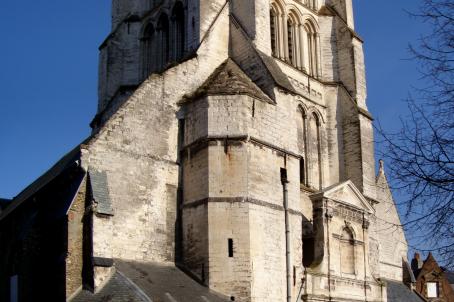Notre-Dame-de-Saint-Omer Cathedral
Notre-Dame-de-Saint-Omer Cathedral, in Saint-Omer, was built in the 11th century and it became an important artistic and interlectual center. From the 13th century onwards I twas transformed and became an exceptional gothic building, one of the most sumptuous witnesses to gothic art, in the Northern Provinces.
About this building
In the 16th century the collegial church became a cathedral following the destruction, by Charles Quint, of the town and bishopric of Thérouanne, and the transfer of a part of the episcopal territory. But the decision to reinstate Arras as a bishopric with the Concordat of 1801, relegated the cathedral to a simple church. In the 19th century, to honor the vitality of the pilgrimage to Notre-Dame des Miracles, Pope Puis IX gave it the title of Basilica. Notre-Dame de Saint-Omer also surprises with the quantity and the quality of its furnishings: an impressive organ case, a very rare astrolabe clock, a "Descent of the Cross" by Rubens, without forgetting an important funeral patrimony, including the cenotaph of Saint-Omer, the tomb of saint Erkembode, 'the saint who makes children walk', or the Mausoleum of Eustache de Croy, a major work of J. Du Broeucq.






